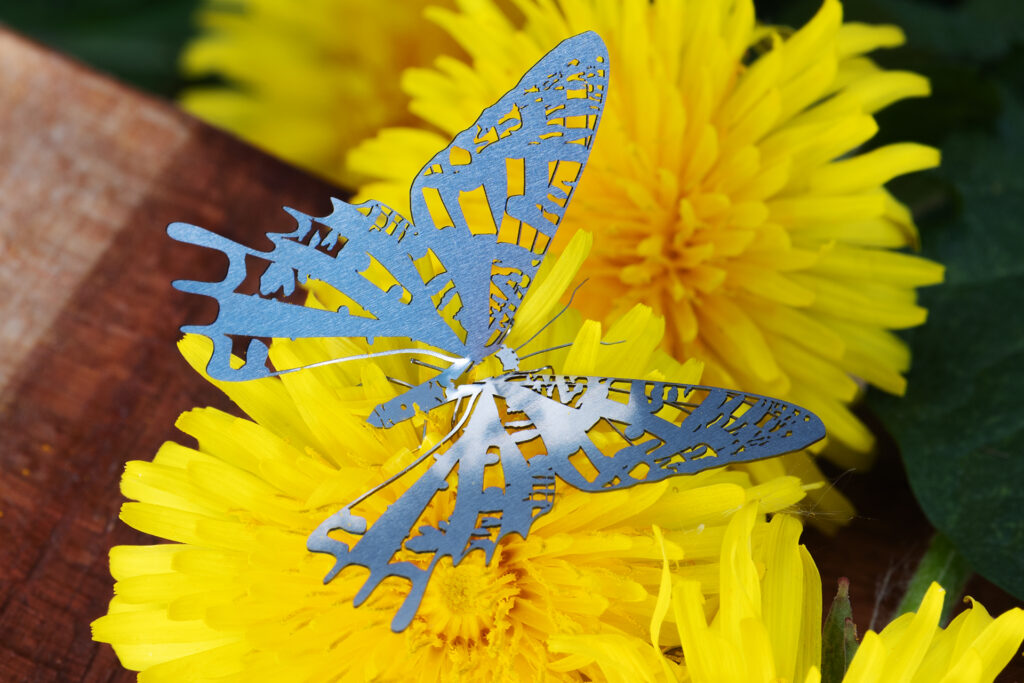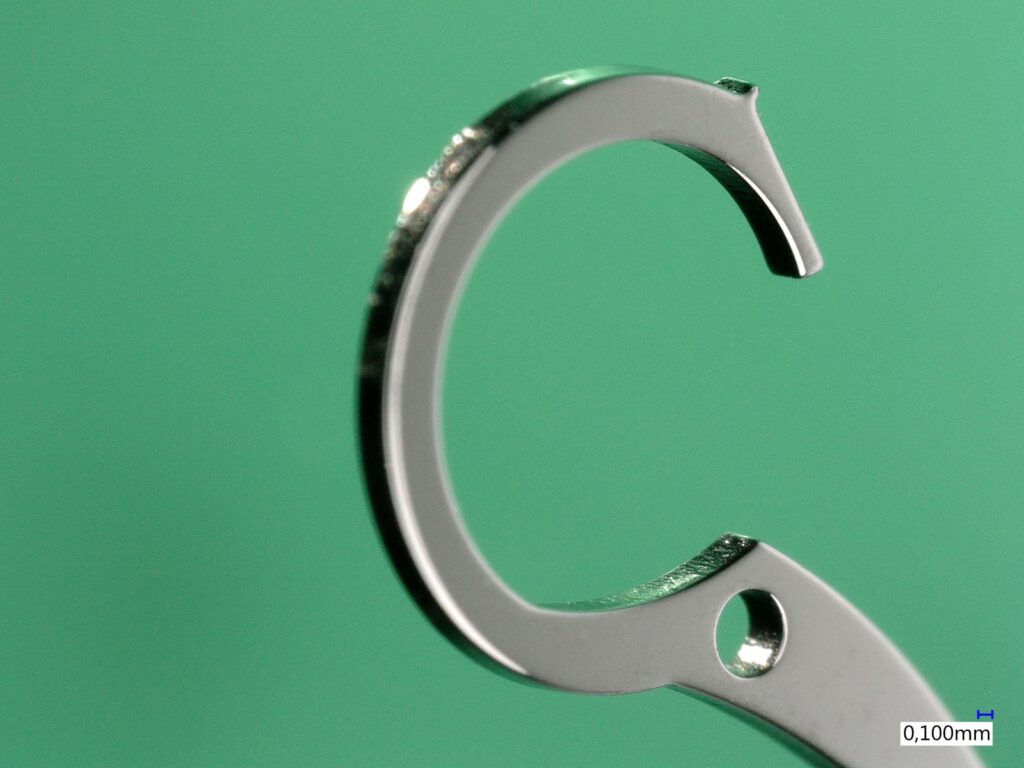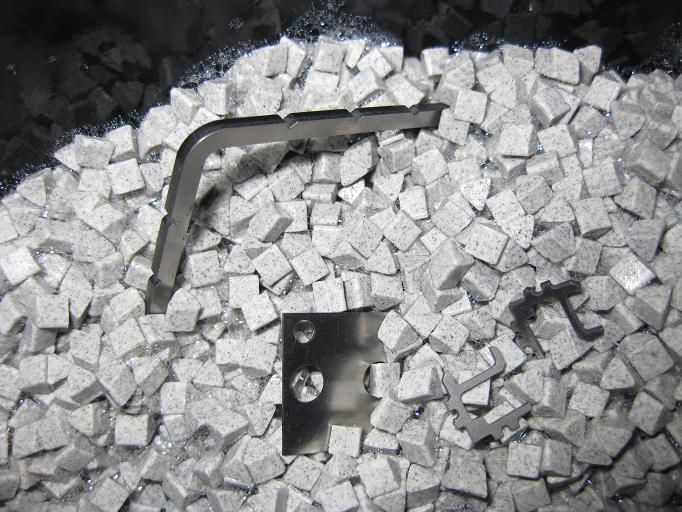KMLT® – Perfect further finishing after laser processing
In addition to machine brushing or vibratory finishing, KMLT® offers an extensive range of further processing options for your parts after laser processing. Our customized processing steps are individually adapted to your requirements to always achieve the best overall results. Here are some of our specialized services:


